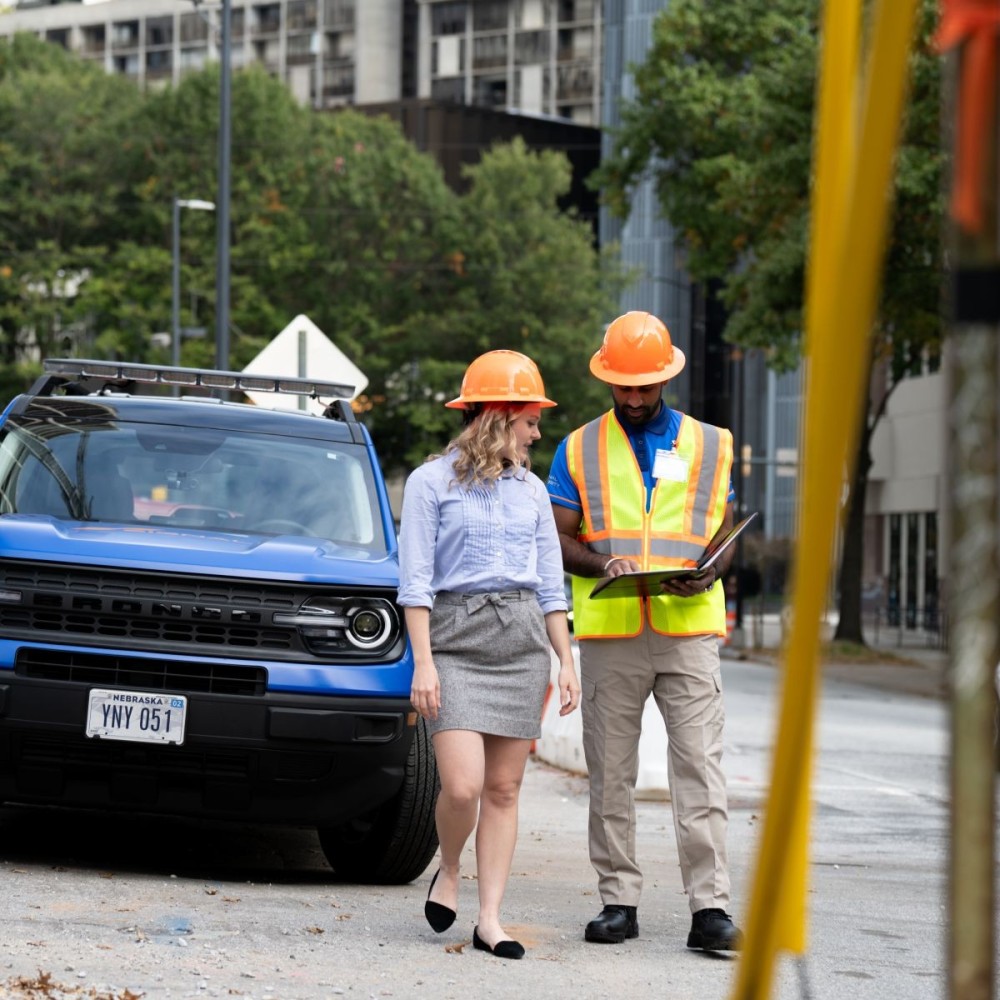In today's rapidly evolving technological landscape, the construction industry is witnessing a significant transformation in its approach to site security. As construction projects become more complex and valuable, ensuring the safety and security of construction sites has become paramount. Traditional security measures are being augmented, and in many cases, replaced by innovative technologies that offer enhanced surveillance, monitoring, and control capabilities. This article explores some of the cutting-edge technologies that are revolutionizing construction security, empowering project managers and stakeholders to safeguard their sites more effectively.
Surveillance Drones
Construction Site Security (CSS) in the past relied heavily on static security cameras and human patrols, but the advent of surveillance drones has revolutionized this aspect of site monitoring. These unmanned aerial vehicles (UAVs) offer a bird's-eye view of the entire construction site, allowing security personnel to detect and respond to potential threats in real-time. Equipped with high-resolution cameras and thermal imaging capabilities, surveillance drones can identify unauthorized individuals, monitor perimeter breaches, and conduct routine patrols with unparalleled efficiency. By complementing traditional security measures with drone technology, construction site managers can enhance their situational awareness and respond proactively to security incidents.
Smart Security Solutions
In the realm of construction site security, the Internet of Things (IoT) is playing a pivotal role in creating interconnected networks of sensors and devices that monitor various aspects of site activity. IoT-based sensor networks can detect motion, sound, vibration, and environmental changes, providing inclusive coverage of the construction site's perimeter and interior spaces. These sensors can be integrated with centralized security systems, enabling automated alerts and notifications to be sent to security personnel in the event of suspicious activity or breaches. By leveraging the power of IoT, construction site managers can implement smart security solutions that adapt to evolving threats and enhance overall site safety.
Biometric Access Control
Effective access control is fundamental to construction site security, and biometric technology is revolutionizing the way entry points are secured and monitored. Biometric access control systems utilize unique physiological characteristics such as fingerprints, iris patterns, or facial features to verify the identity of individuals seeking access to the site. By replacing traditional key-based or card-based systems, biometric access control enhances security by eliminating the risk of unauthorized access through lost or stolen credentials. Moreover, biometric data can be seamlessly integrated with existing security databases, allowing for inclusive tracking and auditing of personnel movements within the construction site.
Advanced Threat Detection
Construction Site Security (CSS) teams are increasingly turning to artificial intelligence (AI) to analyze vast amounts of video data and identify potential security threats more effectively. AI-powered video analytics platforms leverage machine learning algorithms to detect anomalous behavior, unauthorized intrusions, and safety hazards in real-time. These systems can distinguish between normal construction activities and suspicious behavior, reducing the incidence of false alarms and enabling security personnel to prioritize their response efforts. By harnessing the power of AI, construction site managers can achieve a higher level of situational awareness and proactively mitigate security risks before they escalate.
Blockchain for Secure Data Management
Construction projects involve the exchange of sensitive information among various stakeholders, including architects, contractors, suppliers, and regulatory authorities. Blockchain technology offers a secure and transparent means of managing and sharing this data, thereby enhancing construction security. By storing project-related information in tamper-proof, decentralized ledgers, blockchain ensures the integrity and authenticity of data throughout its lifecycle. This immutable record-keeping mechanism not only reduces the risk of data tampering and fraud but also facilitates seamless collaboration and communication among project participants. By incorporating blockchain into their data management strategies, construction site managers can strengthen the overall security posture of their projects.
Conclusion
In conclusion, the evolution of construction site security is being driven by a diverse array of innovative technologies that are reshaping the way sites are monitored, controlled, and protected. From surveillance drones and IoT-based sensor networks to biometric access control and AI-powered video analytics, these technologies offer unprecedented capabilities for enhancing situational awareness, detecting security threats, and mitigating risks in real-time. By embracing these innovations, construction site managers can proactively safeguard their projects against theft, vandalism, unauthorized access, and other security challenges. As the industry continues to embrace digital transformation, the integration of these technologies will undoubtedly become standard practice, ensuring safer and more secure construction sites for years to come.





Comments